NASA Reveals Five More Breathtaking Images from the James Webb Space Telescope
After unveiling the first full-color image of space taken by the James Webb Space Telescope yesterday, NASA shared five more stunning and breathtaking images of stellar objects, including distant galaxies, nebulas, and other wonders of the universe.
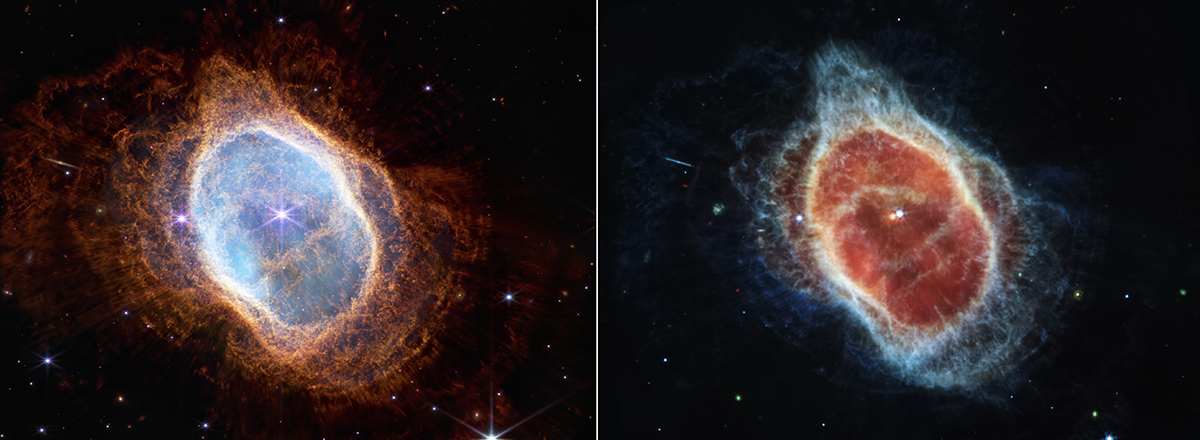
After unveiling the first full-color image of space taken by the James Webb Space Telescope yesterday, NASA shared five more stunning and breathtaking images of stellar objects, including distant galaxies, nebulas, and other wonders of the universe.
1. Galaxy cluster SMACS 0723
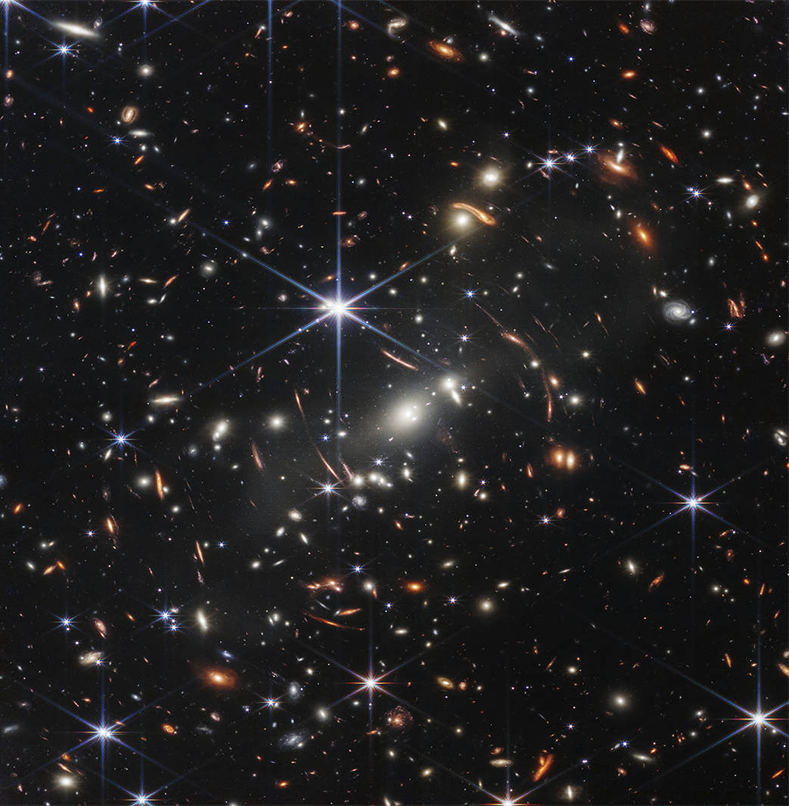
The first image shows the large galaxy cluster SMACS 0723, which was presented earlier at a briefing at the White House. We see it as it appeared 4.6 billion years ago, at a time when our planet was just forming. This is the deepest infrared view of the universe to date.
2. WASP-96 b exoplanet
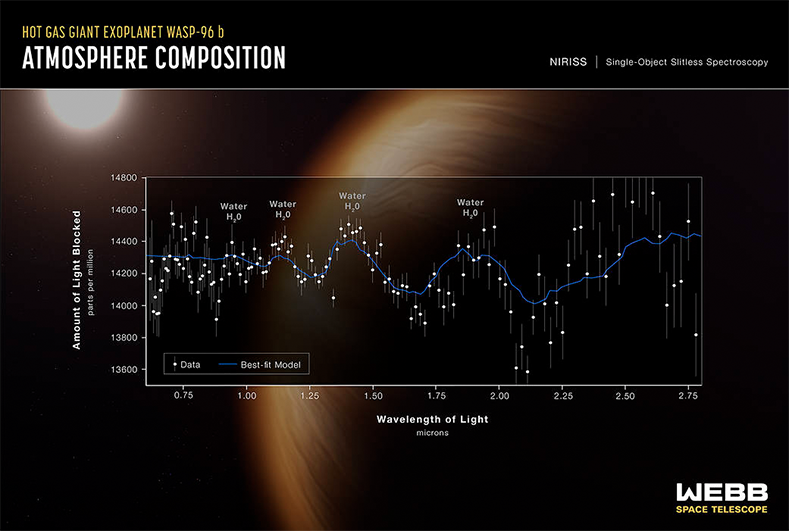
The next space object was WASP-96 b, a gas giant with a mass less than half that of Jupiter and located roughly 1,150 light-years from Earth. JWST was able to detect the distinct signature of water and evidence of clouds and haze.
3. Southern Ring Nebula
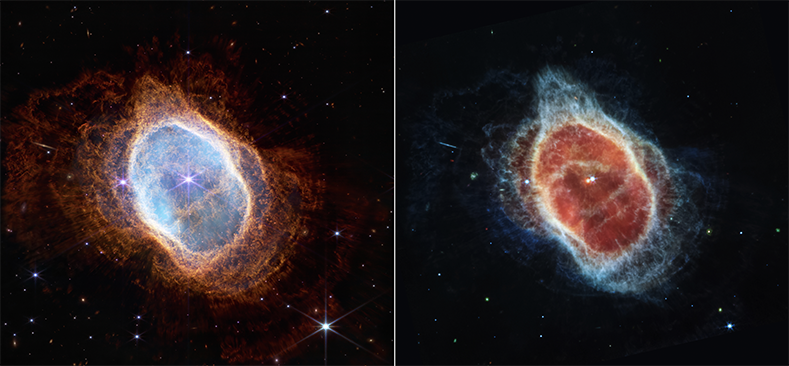
The next image from NASA shows the Southern Ring Nebula, or NGC 3132, a planetary nebula located about 2,500 light-years from Earth. The dying star at the center of the image has been shedding the outer layers of gas and dust in all directions for thousands of years.
4. Stephan's Quintet
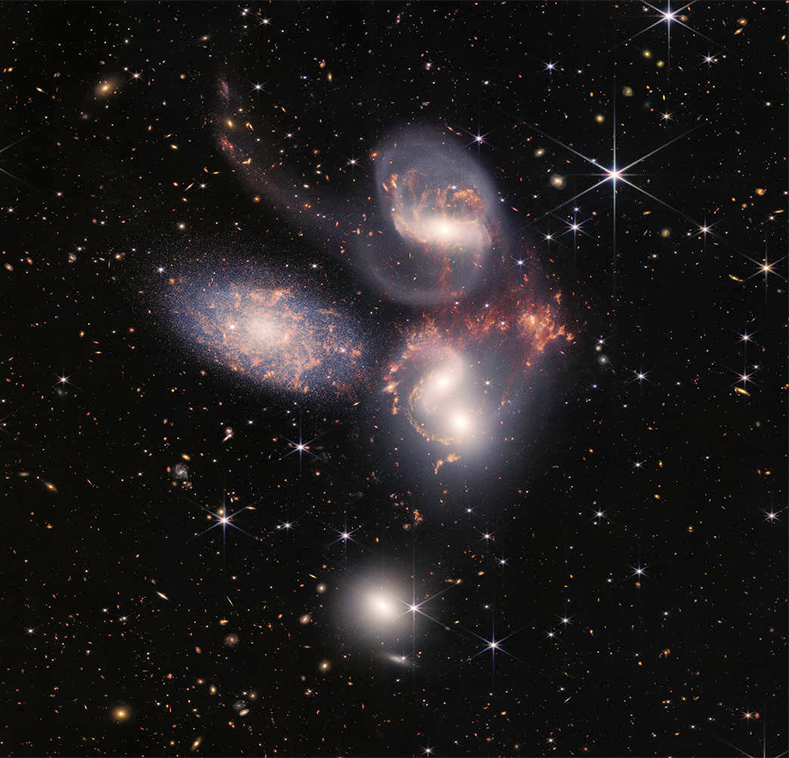
Another iconic deep space object is the galaxy group dubbed Stephan's Quintet. This is a group of five galaxies at a distance of about 290 million light-years from Earth. Four of them are members of a single cluster and physically interact with each other. The fifth galaxy is in the foreground compared with the other four.
5. Carina Nebula
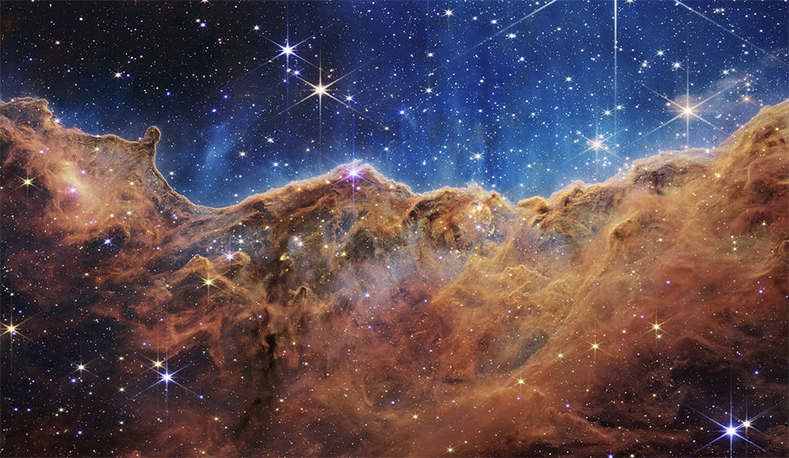
Finally, the last image shows a dynamic star-forming region called NGC 3324 in the Carina Nebula, located about 7.6 thousand light-years from Earth. This is a stellar nursery where new stars are forming.

